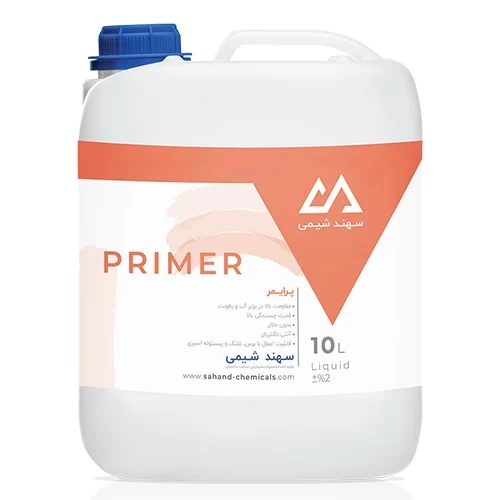Surface preparation
For any activity in the building finishing stage, such as tiling, crack repair, painting, waterproofing, etc., it is necessary to first completely clean and prepare the desired surface. Surface preparation has several stages, and if not done properly, sufficient adhesion will not be established between the surface and the new layer, and the applied materials will not have sufficient durability. Part of the surface preparation stages is related to physical tasks such as cleaning, but sometimes it is necessary to apply specific chemical materials to the surface before performing the main work.
What does surface preparation include?
In the first step of surface preparation, the desired location must first be cleaned of any contamination such as grease, soot, dust, mold, efflorescence, peeling, etc. Depending on the amount and type of contamination, the surface can be cleaned with water, steam, abrasive or a chemical solvent.
In activities such as metalworking, painting, etc., chemical materials are needed for surface preparation. For this, acids or phosphate solutions are used for chemical modification of the surface, removal of oxides or increase of adhesion.
Surface priming is also one of the surface preparation steps for a specific group of construction works in which primer or bonding agent is applied to the clean surface to increase the adhesion of the substrate and subsequent coatings. At each stage of surface preparation, if we want to leave a part of it untouched, we can use films or masking tapes. In the end, it is important that the surface is completely dry, ready for finishing operations.
Introduction to Sahand Chemical Construction Primer
Sahand Chemical construction primer is a product that is used to prepare gypsum, cement, concrete, AAC block, ceramic and stone surfaces. This product increases the adhesion strength of cement-based compounds to the substrate and reduces permeability by closing capillary pores. Reducing the water absorption of the surface, on the other hand, reduces the consumption of applied materials, which in itself saves costs. Primer increases the adhesion strength and ultimately the quality and high lifespan of tiling and waterproofing.
In surfaces with high water absorption such as gypsum surfaces, the use of primer and application of at least 2 layers of it is essential. Because gypsum, by absorbing the water in the tile adhesive, causes the adhesive to become porous and brittle. But the presence of a primer layer prevents water from escaping and being absorbed by the gypsum surface and gives the tile adhesive (or waterproofing materials) the opportunity to reach its final strength.






